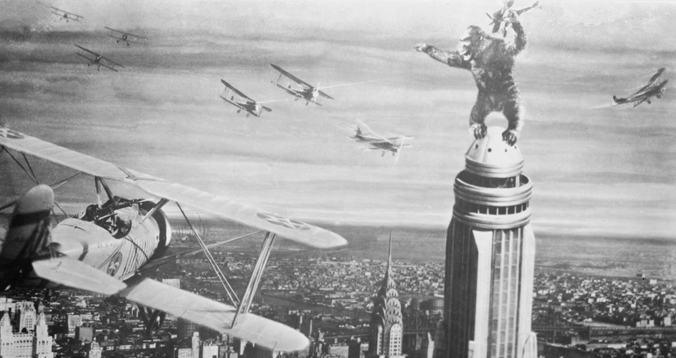
Choosing The Right Special Effects For Your Brand’s Story
Last month I was in New York City for the National Retail Federation’s (NRF) annual ‘Retail’s BIG Show’ conference. For those who have never attended this event, it certainly lives up to its name: it’s BIG.
As I made my way around the cavernous convention center to visit the various vendors and check-out the latest advances in retail marketing and consumer engagement, what struck me was the sheer volume of technology on display. From virtual change-rooms and dedicated social media advocates to mobile wallets and supply chain management tools, there was something for just about any retailer or marketer in search of a (better) way to create a more personalized, memorable and engaging experience for their customers.
At the end of the first day, as I walked through Theater District back to my hotel, I couldn’t help but empathize with retailers and marketers who were struggling to select from the hundreds of technology tools available—because, admittedly, the selection was somewhat overwhelming. As I pondered this, I came across a theatre marquis promoting Romeo and Juliet. Now, in a city awash in contemporary song & dance productions–like Kinky Boots or Lion King or Mama Mia–this dialogue-intense classic seemed a bit out of place. But as I thought some more, perhaps that wasn’t the case. After all, it was created by one of the greatest storytellers, ever. And a great story has the power to captivate an audience AND stand the test of time–with or without the support of any musical numbers or special effects.
And that’s when the parallel struck me. Technology, in its own right, is not the story; it’s simply a special-effect. As is the case with a play or Broadway show, a good story can do quite without any special-effects whatsoever. That said, a good story can be elevated to a great story—with the proper types of special effects. However, having a show which is lacking in a story and, instead, relies on great special-effects, stands a good chance of being a box office flop. And, in retail, the same holds true.
From my perspective, selecting the right (technology) tools for the job begins with knowing who you are being able to articulate this through your story. Your story is, in essence, what defines your organization—by allowing you to, with your audience, what you believe in. And in doing so, your audience can choose, for themselves, if you (your organization) are someone they want to connect and do business with. The technology, on the other hand, is simply a tool that has the capacity to enhance your story.
I really like what Starbucks has done by implementing a loyalty app…but, that’s not what defines this venerable retailer. Their story is about a journey to provide guests with a consistent, easy to access, an affordable indulgence–in a comfortably sophisticated environment. This particular technology that they chose to incorporate is just a vehicle to enhance the Starbucks experience AND support the (already established) position for the brand.
So don’t look towards the latest POS innovation or electronic display device to define your brand. Instead, know what your brand stands for first, and then select the technology that: a) is in alignment with your brand’s image; b) can support your operational requirements, and c) has the ability to address your customers’ needs.

